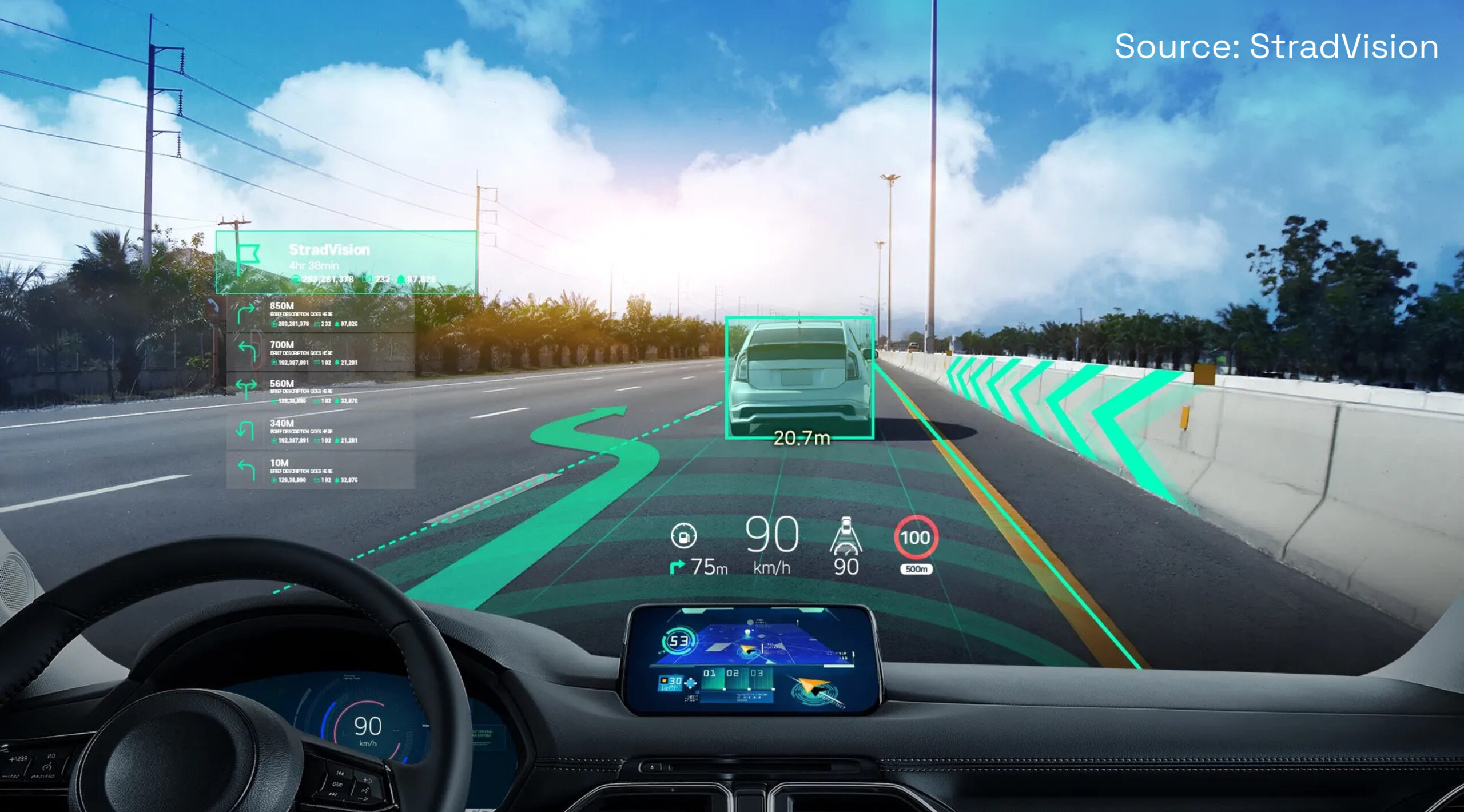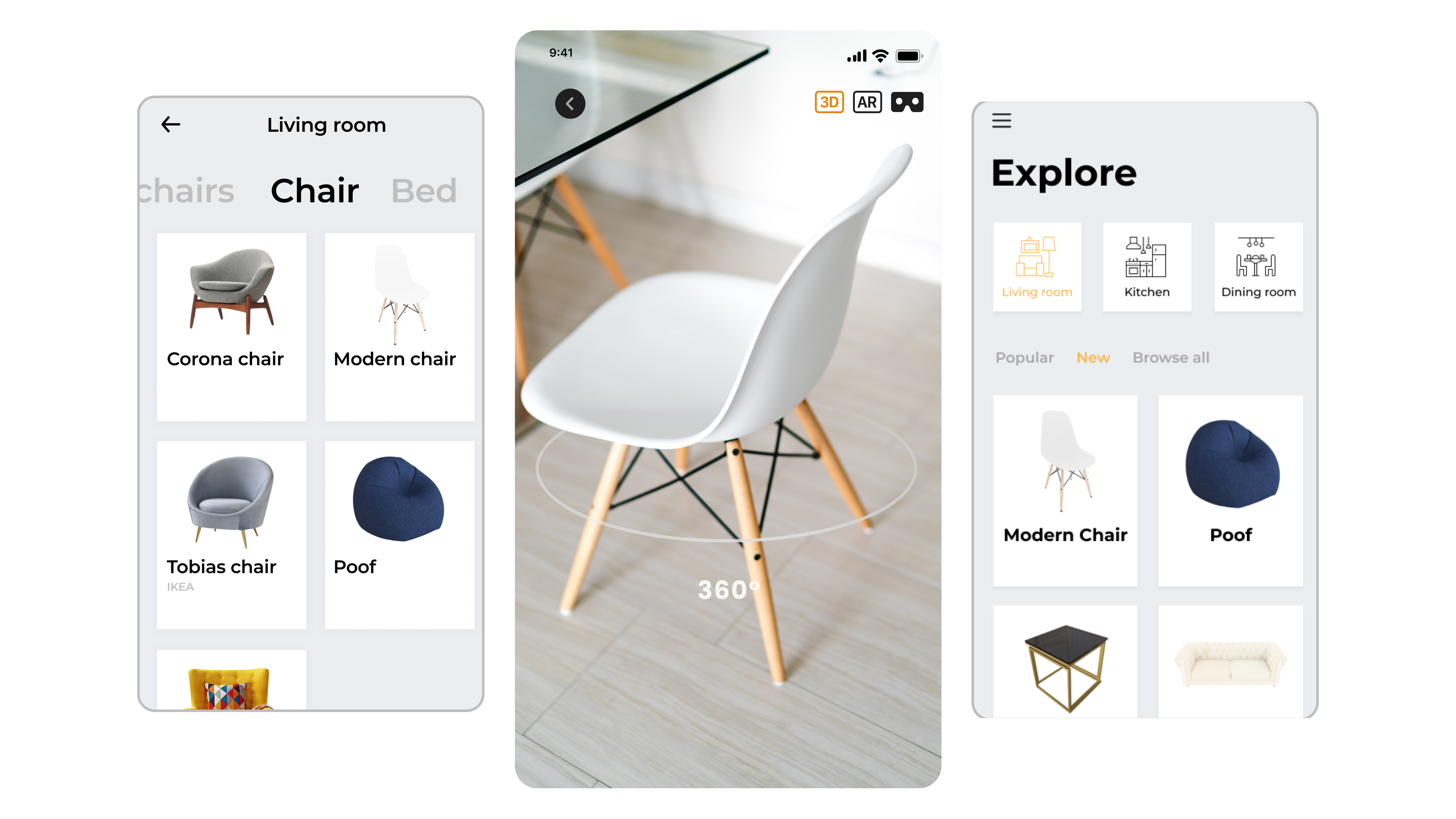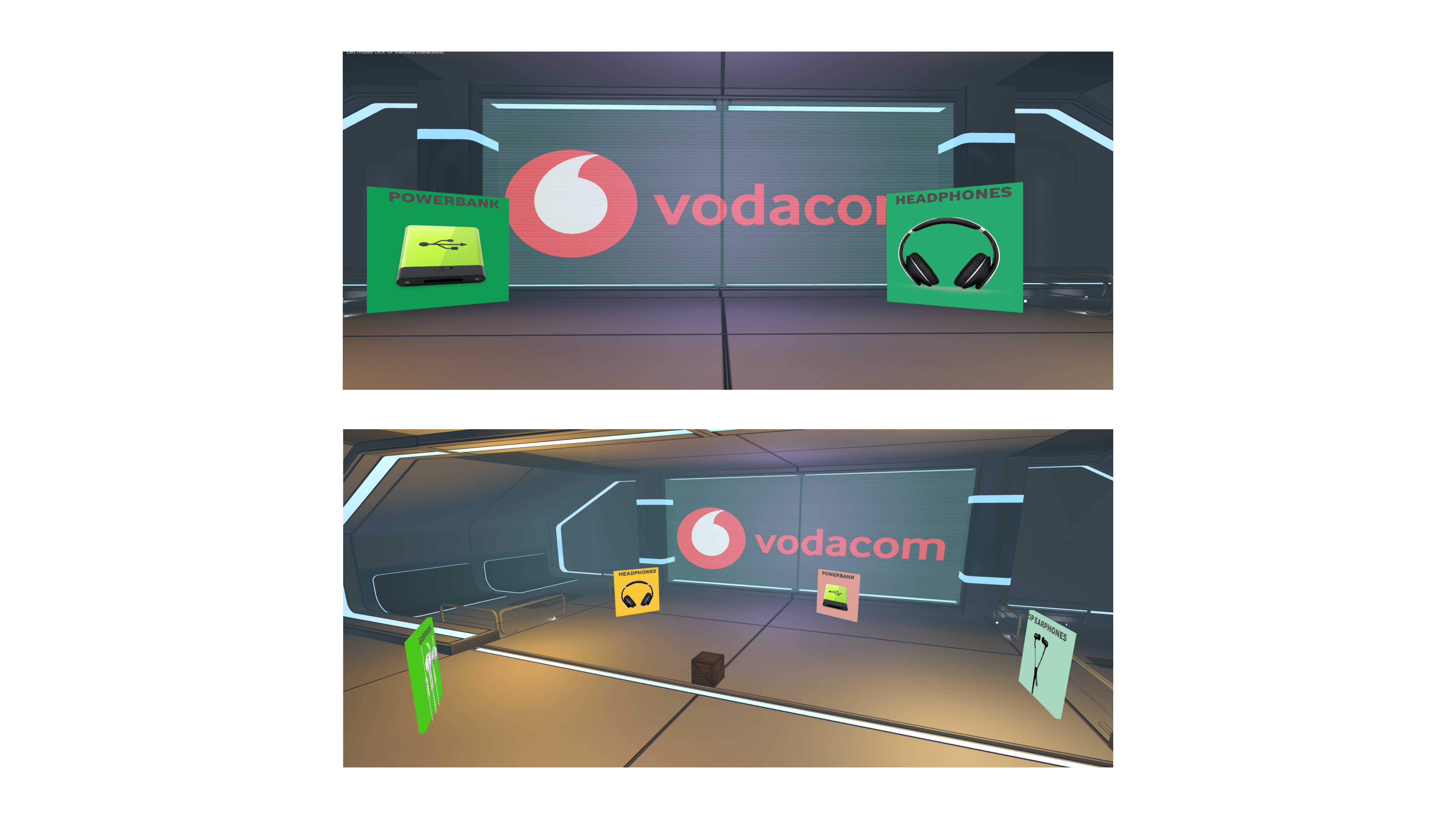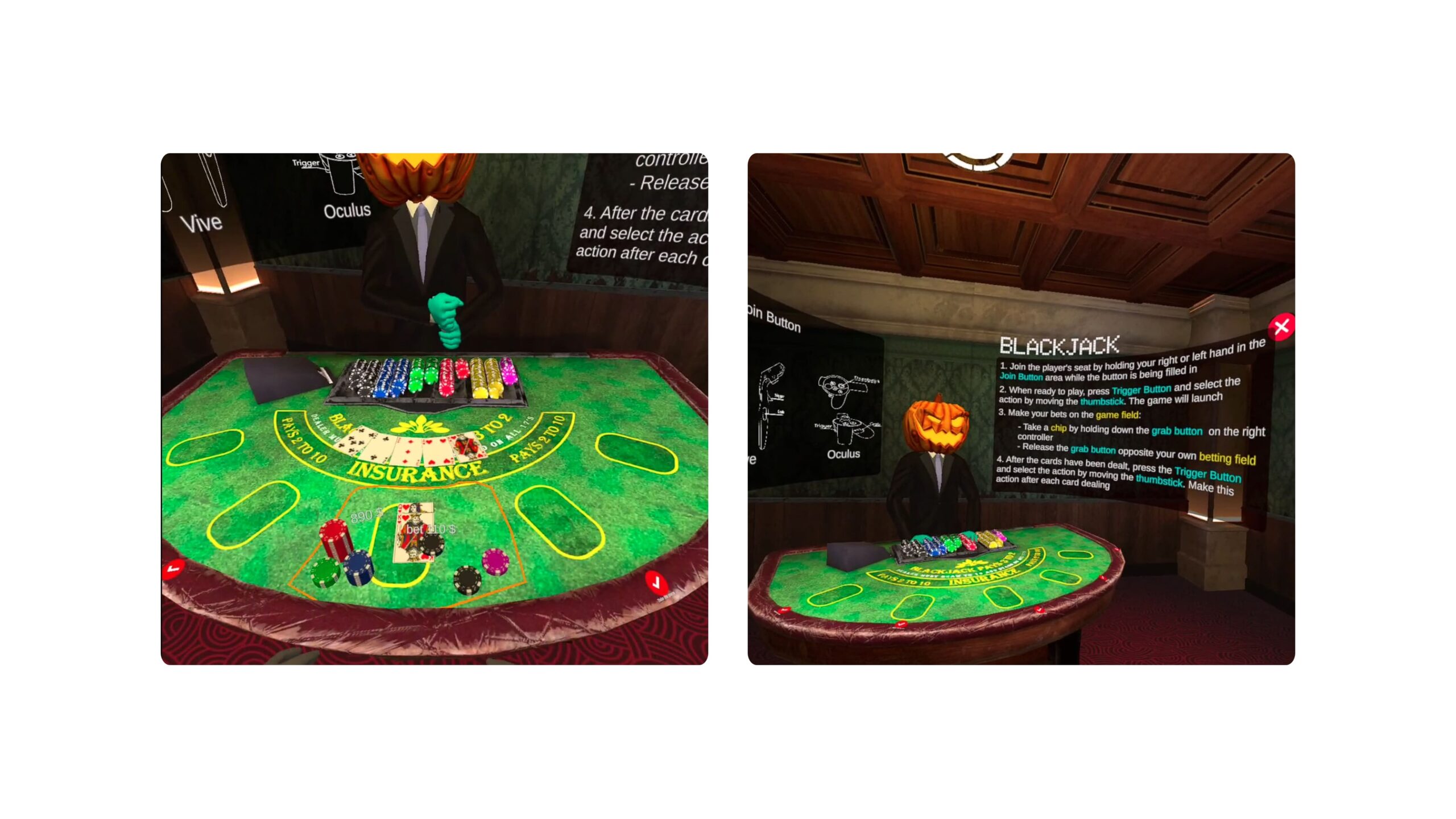From entertainment to education, medicine, and business, AR and VR technologies are revolutionizing how we perceive and interact with the world, offering immersive experiences and innovative solutions across various industries. In this blog post, we explore the latest advancements, applications, and success stories in the dynamic landscape of AR and VR.
Below are several examples of how augmented and virtual reality technologies are being used in our daily lives:
- Entertainment: AR and VR are being utilized to create engaging games and entertainment applications that immerse the user in unique virtual worlds or augment reality with interactive elements. For example, virtual reality games allow users to experience unique visual and sound effects, while AR apps can add digital objects and information to real-world environments.
- Navigation: AR and VR can improve navigation by providing users with additional location data, for example by displaying directions directly on the screen or in the glasses. This is especially useful in unfamiliar places or when searching for specific locations.
- Education: Virtual reality enables the creation of interactive educational environments where students can immerse themselves in different scenarios and experiment without real-world risks. AR can also be used to supplement educational materials by providing additional information and interactive elements.
- Medicine: AR and VR are used in medicine to train students and professionals, simulate surgeries, treat phobias and diseases, and improve rehabilitation and psychotherapy.
- Social solutions: AR and VR provide new opportunities for social interactions, allowing people to communicate and act together in virtual spaces. This can be particularly useful for people at great distances from each other or for creating alternative forms of communication.
Overall, AR and VR technologies are changing the world by adding new levels of interaction with information and the world around us, expanding entertainment, education, medicine and social connectivity.
The difference between AR and VR
The difference between AR (Augmented Reality) and VR (Virtual Reality) is how they interact with the real world and the user’s perception:
Virtual Reality (VR):
- VR immerses the user in a completely virtual environment, disconnecting them from the real world.
- The user uses special devices such as VR glasses or helmets to immerse themselves in the virtual world.
- Virtual reality completely replaces the visual perception of the real world, creating a sense of being in a different place.
Augmented Reality (AR):
- AR augments the user’s real-world environment with digital objects, information, or visuals.
- The user typically sees the real world through a smartphone camera or special AR devices such as glasses or headsets.
- Digital objects or information are added on top of the real world, allowing users to interact with both at the same time.
Thus, the main difference between AR and VR is how isolated they are from the real world. VR immerses the user in a completely virtual environment, while AR augments the real world environment with digital elements.
Popular solutions for these platforms
Virtual Reality (VR) devices:
- Oculus Rift: Developed by Oculus, this VR system offers a high-quality virtual experience through a specialized helmet and controllers.
- HTC Vive: Produced by HTC and Valve Corporation, this system also includes a virtual reality helmet and controllers, allowing users to interact with the virtual space.
- PlayStation VR: Designed for use with the PlayStation game console, this VR helmet offers a gaming and entertainment experience for PlayStation 4 and PlayStation 5 owners.
Augmented Reality (AR) apps:
- Pokemon Go: This is a mobile game that popularized AR technology by allowing players to search, catch, and battle virtual Pokémon in the real world.
- Snapchat and Instagram AR filters: Both social networks provide AR filter functionality that allows users to add digital effects and objects to their photos and videos.
- Google Maps AR navigation: This Google Maps feature uses the user’s smartphone camera to display directions and routes directly on the surrounding area.
Beyond entertainment: how modern technologies save lives
Augmented reality (AR) and virtual reality (VR) technologies can significantly improve people’s safety in various spheres. Let’s take two of the most popular ones: medicine and transportation.
In medicine:
- Education and training: Medical students and professionals can use VR to simulate surgical procedures and organ manipulation in a safe and controlled environment. AR can also provide additional real-time information and instructions while performing medical procedures.
- Simulation and surgical planning: With VR, physicians can create three-dimensional models of organs and pathologies and plan complex surgeries to improve the accuracy and outcomes of surgical procedures.
- Treatment of phobias and psychological disorders: VR is used to provide exposure therapy for phobias, post-traumatic stress disorder (PTSD) and other psychological problems. Patients can be immersed in simulated scenarios, helping them overcome their fears and anxieties.
- Rehabilitation and physical therapy: VR is used to conduct rehabilitation programs after injuries or strokes, and to improve motor skills and coordination in patients with musculoskeletal disorders.
- Patient awareness and education: AR can be used to visualize anatomy and pathologies for patients, helping them better understand their health conditions and treatment plans.
In addition to medicine, these technologies have extensive applications in the automotive industry. More and more automakers are starting to equip modern cars with much-needed systems to make driving easier, from simple AR systems that duplicate speed and road parameters on a projected screen to advanced systems for recognizing pedestrians in the dark and avoiding accidents.
Here are a few ways this can be implemented:
- Displaying road sign information: AR apps can recognize road signs and display additional information about them on a smartphone screen or on the visor of a headset. For example, the app can show speed limits, turn indications, or warnings about dangerous road sections.
- Obstacles and Hazard Warning: The AR device’s camera and sensors can detect obstacles on the road, such as emergencies, repair work or potholes, and alert the driver to them on the screen.
- Navigation with additional cues: AR navigation apps can provide additional instructions and visual directional cues to help the driver better navigate the road and avoid mistakes on the road.
- Pedestrian and cyclist awareness: AR can help drivers notice pedestrians, cyclists, and other road users, especially in low visibility or nighttime conditions.
- Warning of road conditions: AR apps can alert drivers to poor weather conditions, slippery road surfaces, or other factors that could affect traffic safety.
These examples show how AR can be used to improve road safety by providing additional information and alerting drivers to potential hazards.
Our developments
We also have several entertainment and business development projects using AR and VR. These solutions can serve as excellent tools for promotions, advertising, entertainment, or boosting sales. Below are some examples.
AR Furniture: a catalog app that lets users visualize how specific furniture pieces will look right in their rooms:
Vodacom: a VR-enabled giveaway developed to attract and engage customers:
VR Casino: a fully immersive VR game with multiplayer interaction features and support for various games:
Orient AR: a social-based app with in- and outdoor navigation, as well as content attaching features:
IT-Dimension provides comprehensive AR and VR development services tailored to unique needs and applications. Whether it’s crafting captivating games, educational simulations, interactive tours, or corporate applications, we’re equipped to bring your vision to life.
Reach out today to explore how we can turn your ambitious AR and VR projects into reality!














